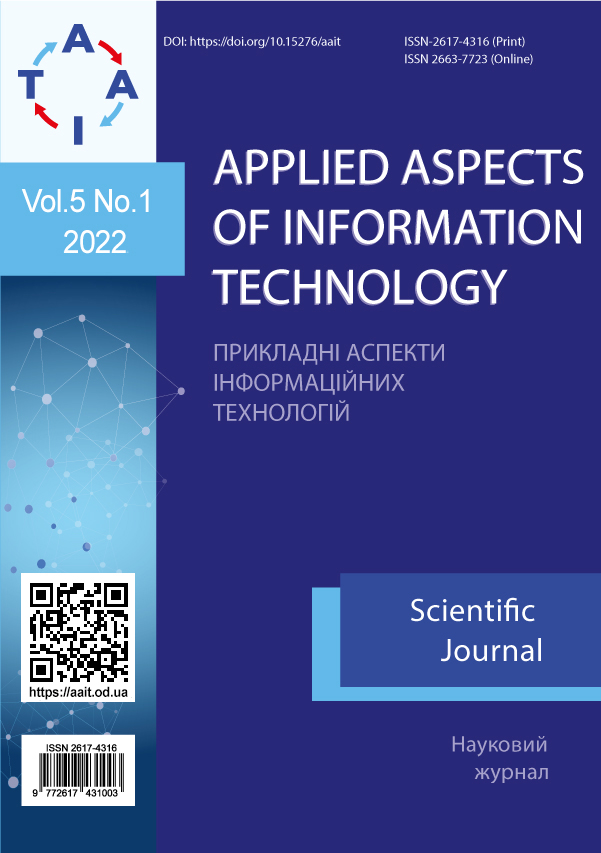Mathematical models of a multi-criteria problem of reengineering topological structures of ecological monitoring networks
Main Article Content
Abstract
The article deals with the theoretical aspects of the problem of reengineering the topological structures of terrestrial ecological monitoring networks. As a result of the analysis of the current state of the problem, it was revealed the need to change the network of monitoring points, to increase requirements for the efficiency and accuracy of observations, as well as to do the more advanced technologies for collecting, processing, storing and transmitting information. All this is possible due to reengineering of existing monitoring networks. This requires the improvement of network system optimization technologies and their software in terms of taking into account the features of the reengineering problem, as well as the mathematical models and methods used for this. To solve the problem of reengineering of terrestrial monitoring networks, an aggregative-decomposition approach is proposed. The approach is divided into a set of tasks considering their interconnections in terms of input and output data. This made it possible to define a set of tasks that form the basis of reengineering procedures. To increase the efficiency of technologies for computer-aided design and reengineering of networks, a set of mathematical models is proposed that covers the main stages of their life cycles. The article discusses: a systemological model of iterative technology for obtaining design solutions; analytical models for evaluating the properties of network reengineering options in terms of efficiency, reliability, survivability and costs; models for identifying effective options for network reengineering based on Karlin and Germeier theorems; a model for evaluating the local properties of options in the form of a utility function of local criteria; model of scalar multicriteria estimation of network reengineering options based on utility theory. The utility function makes it possible to implement both linear and non-linear (including Z- and S-shaped) dependencies on their values. For the practical implementation of models of multicriteria problems of reengineering of topological structures of networks, it is proposed to use the method of generation of effective design solutions in parallel with the generation and the method of comparator parametric synthesis of the scalar multicriteria estimation function. The performance and efficiency of the proposed mathematical models and methods are demonstrated by examples of solving the problems of subset selection of Paretooptimal options for building networks and parametric synthesis of the scalar multicriteria estimation function. The application in practice of the proposed set of models and methods will increase the degree of automation of network reengineering processes, reduce the time for solving the problem of multi-criteria choice due to the reduction in the time complexity of the analysis procedures, and increase the stability of the decisions made by compromising their choice only from a subset of effective ones.



